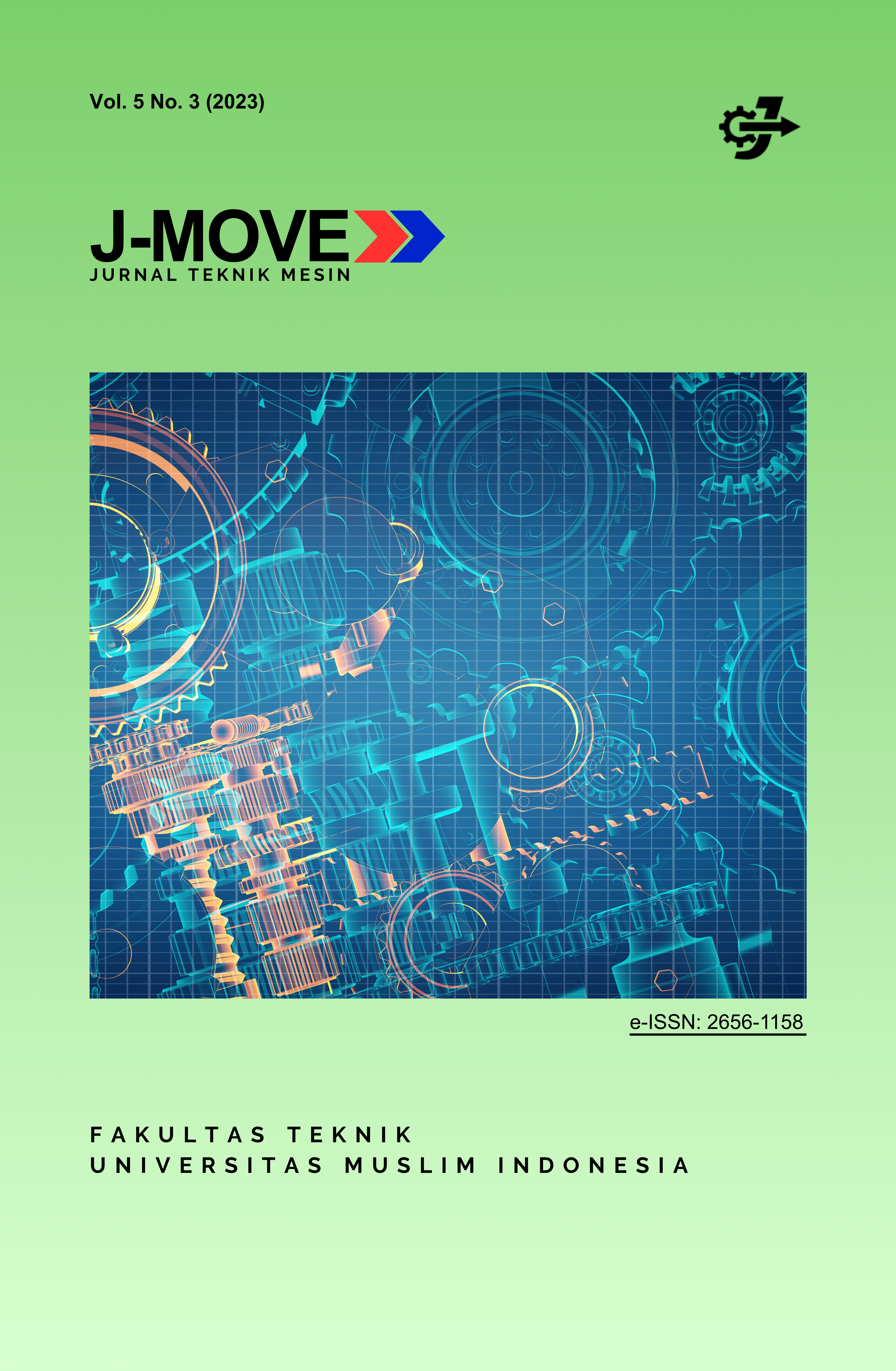Plastic Waste Utilization for Alternative Fuel Production
Keywords:
Plastik, Destilasi, Bahan bakar minyak, Minyak destilasiAbstract
The increasing quantity of municipal waste is a logical consequence of urban development. The rising use of plastics for household purposes has contributed significantly to the accumulation of plastic waste. Indonesia is currently the world’s second-largest contributor of plastic waste polluting the oceans, generating approximately 1.29 million metric tons annually. This figure is second only to the People’s Republic of China, which produces around 3.53 million metric tons per year. In reality, PET plastic bottles require about 450 years to decompose. Based on this concern, the authors initiated a study entitled “Utilization of Plastic Waste as Raw Material for Alternative Fuel Production” with the aim of creating new fuel sources.
The distillation process involved thermal decomposition of plastic waste through indirect combustion inside a reactor tube, producing tar, liquid smoke, and residual ash. The vapor generated from combustion passed through a condenser, where it underwent cooling and phase transformation from vapor to liquid. In this study, three samples were tested based on variations in maximum pressure. At 0.4 kg/cm² (Sample 1), the process yielded 218 ml of oil and 109 ml of tar. At 0.6 kg/cm² (Sample 2), the yield increased to 224 ml of oil and 114 ml of tar. At 1.0 kg/cm² (Sample 3), the highest yield was obtained, with 231 ml of oil and 120 ml of tar.
The reactor temperature was controlled by adjusting the burner flame and monitored using a thermocouple. Once the desired pressure was reached, the exhaust valve was slowly opened to allow the distillate to flow out gradually.
Downloads
Published
Issue
Section
License

This work is licensed under a Creative Commons Attribution-ShareAlike 4.0 International License.
All articles published in J-Move Journal (Journal of Mechanical Engineering Innovation and Development) are licensed under the terms of the Creative Commons Attribution-ShareAlike 4.0 International License (CC BY-SA 4.0).
- Copyright is retained by the authors.
- Articles may be used, copied, shared, and adapted by others for both commercial and non-commercial purposes, provided that:
- Proper attribution is given to the original authors and to the journal as the place of first publication.
- Any derivative works (adaptations, modifications, or developments) must be distributed under the same license (CC BY-SA 4.0).
By submitting their manuscript to this journal, authors agree that their work may be distributed and reused in accordance with this license.








